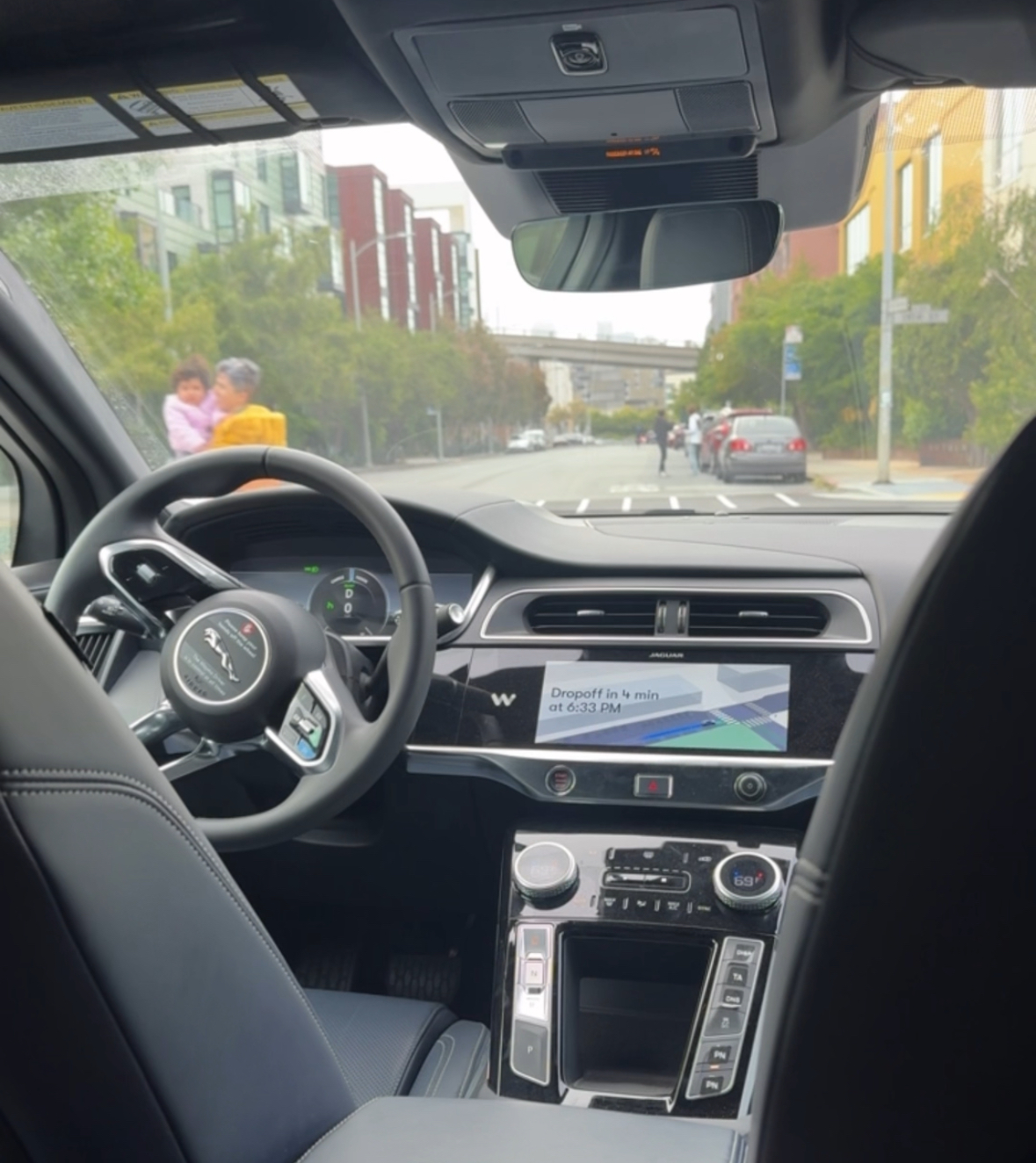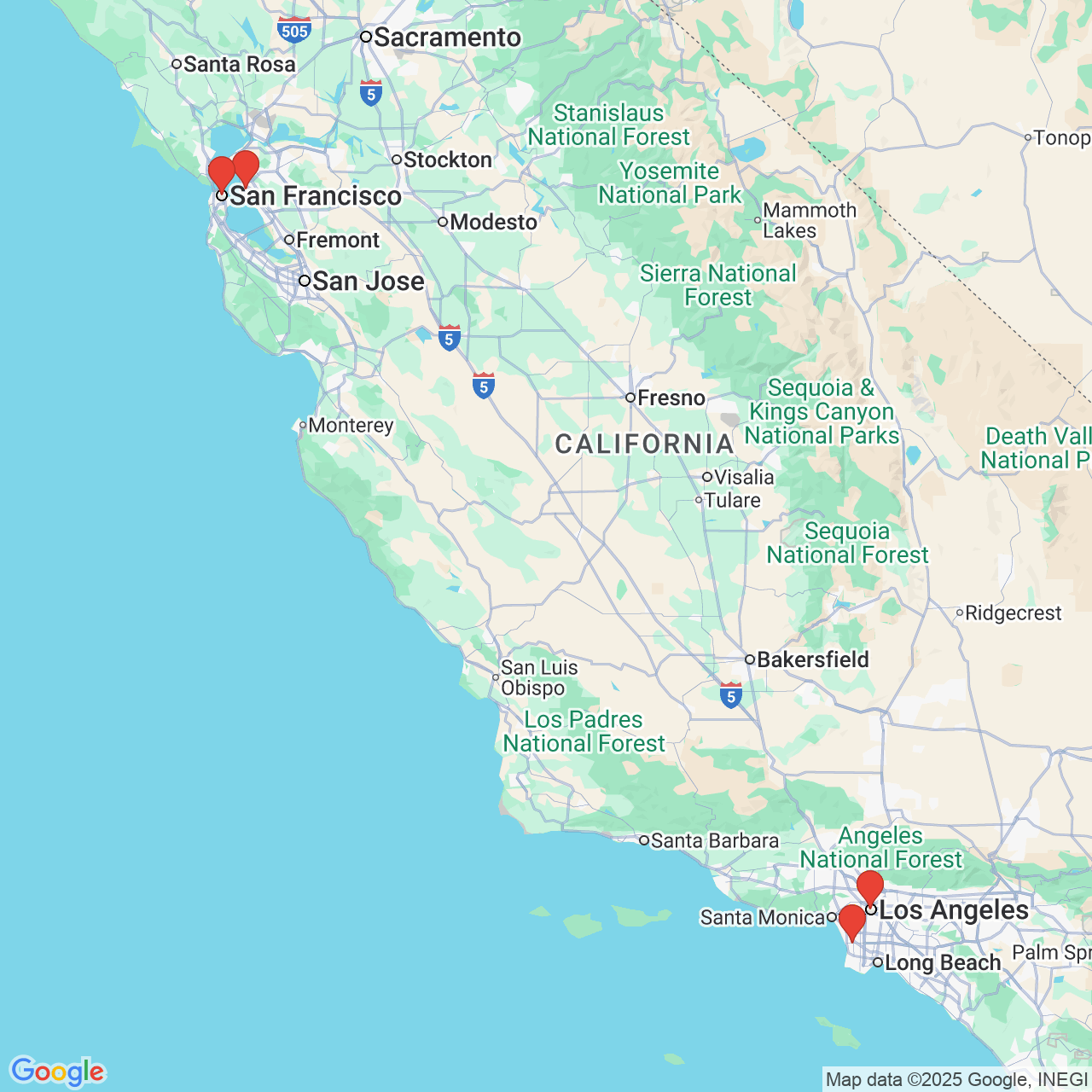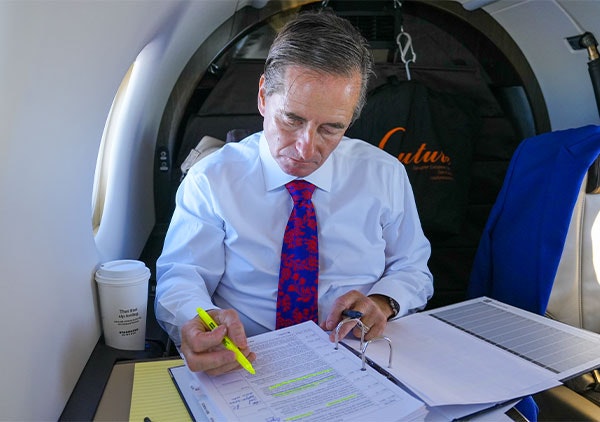Who’s Liable for Driver-Assist Car Accidents in California?
Who's Responsible When Driver-Assist Technology Fails?
Driver-assist technologies are now becoming commonplace on California roads. As of 2025, more than 40% of new vehicles sold in California come equipped with some form of driver assistance or automation features ranging from adaptive cruise control to lane-centering steering. And according to the California Department of Motor Vehicles, over 25% of cars currently on the road statewide have at least Level 2 autonomous capabilities. With such widespread adoption, a critical question looms: Who’s responsible when these systems fail and someone gets hurt?
Understanding Driver Assist and Autonomy
Most modern driver-assist systems fall within the SAE’s Level 1 or Level 2 classification technologies that help drivers but still require human oversight. These systems offer convenience but can also create a false sense of security. When a crash occurs, the line between human error and machine malfunction can quickly blur. Was the driver distracted, or did the AI fail to detect a pedestrian? Did the system warn the driver, and if so, was the warning clear and timely?
In the last two years, California has taken major steps to clarify this question through new legislation and regulatory updates. These changes reflect growing public concern about the safety, transparency, and accountability of artificial intelligence (AI) in transportation.
California Tightens the Rules on Autonomy Claims
One of the most significant legal updates is CA SB 1398, which went into effect in 2023. This law prohibits automakers from using misleading marketing terms like “self-driving” or “full autonomy” for vehicles that do not meet the highest levels of autonomous function. It requires clear disclaimers about a vehicle’s actual capabilities and limitations.
Why does this matter? Because many drivers and pedestrians may overestimate what these systems can do. When a crash occurs due to reliance on misunderstood or overhyped features, misleading marketing can become a key piece of evidence in a personal injury or wrongful death lawsuit.
Manufacturers Can Now Be Held Directly Responsible
A more recent breakthrough came with AB 1777, signed into law in September 2024. This law makes manufacturers not drivers responsible for certain violations committed by autonomous vehicles. If a vehicle operating in autonomous mode runs a red light or causes a traffic infraction, it’s the manufacturer that receives the citation.
Starting in July 2026, AB 1777 also mandates that manufacturers implement two-way voice communication systems and a 24/7 emergency hotline in their AVs. First responders will have the authority to issue “geofencing” commands to stop or redirect vehicles during emergencies. These requirements ensure public safety and may create new standards of care that, if breached, could support civil liability claims.
Building the Evidence for Injury Lawsuits
AB 1777 also imposes new reporting obligations. Manufacturers must notify the DMV within 72 hours of any “notice of noncompliance” issued by law enforcement. This creates a paper trail of prior violations and safety concerns that can be used by attorneys representing injured victims to establish a pattern of negligence or defective operation.
In conjunction with strengthened CPUC reporting requirements adopted in late 2024, injured plaintiffs now have better access to the kind of documentation that used to be hidden behind NDAs or vague accident logs.
What This Means for Consumers
These laws signal a shift in how California views AI on the road. Rather than treat it as a futuristic experiment, the state is holding manufacturers accountable in real time. If you or a loved one is injured by a vehicle using autonomous features, you may now have a clearer path to justice.






